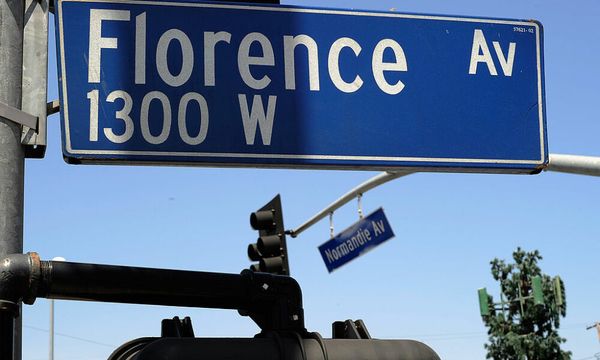
GCSE results have remained close to their pandemic highs despite a government pledge to clamp down on grade inflation.
More than half a million pupils are collecting their results this morning after sitting the first exams in three years.
Schools were expecting a huge drop in top grades after exam boards were told to set grade boundaries at a "midpoint" between results in 2019 and in 2021.
The Government also brought an end to teacher assessments, which have inflated grades to record levels over the past two years.
However, top grades have fallen by only 2.6 percentage points this year to 26.3 per cent, which was almost the same as in 2020, the first year exams were replaced by teacher assessments because of the pandemic.

While the drop represents 160,000 fewer grades marked 7 or above, the equivalent of A or A*, the proportion was still 5.5 percentage points above the 20.8 per cent achieved when exams were last sat in 2019.
Top marks in subjects including home economics, PE, leisure and tourism, and the performing and expressive arts are still higher than before the pandemic, despite the return of exams.
Some subjects, such as English, saw a modest drop in top grades, down to 20.4 per cent from last year’s 22.3 per cent, but still well above the 14 per cent seen in 2019.
The proportion of pass grades in English was 70.2 per cent, which was down from 73.9 per cent in 2021, but above the 62 per cent seen in 2019.
Top grades in maths, at 20.1 per cent, were only 0.9 percentage points lower than last year and 4 percentage points higher than in 2019.
As well as more lenient grading compared to 2019, pupils sitting their GCSEs this year received advance information on the focus of exams, had fewer topics to cover in certain subjects, and were given support materials such as equation sheets in some exams.
The overall proportion of pass grades was 73.2 per cent, a fall of 250,000, or 3.9 percentage points compared with 2021.

However, passes were still 5.9 percentage points higher than 2019, when 67.3 per cent of entries were marked as passes. The gap means an extra 445,000 passes were awarded this year compared to 2019.
Girls have maintained their lead on boys, but the gap has narrowed. Almost a third, or 30 per cent of grades for female pupils, was a 7 or above, compared with 22.6 per cent of those given to boys this year, down from 33.4 per cent and 24.4 per cent last year.
GCSE results have seen a more modest drop in top grades and passes than A-level results, which were published last week.
The proportion of A-levels awarded A and A*s fell to 36.4 per cent, from a record 44.8 per cent in 2021. However, this was close to the midpoint between 2021 and 2019, when 25.5 per cent of grades were A or A*.
Congratulations to everyone getting their GCSE results today! pic.twitter.com/XVLzf2bOzU
— Boris Johnson (@BorisJohnson) August 25, 2022
Dr Jo Saxton, the chief regulator at Ofqual, the exam watchdog, said: "I felt strongly that it would not have been right to go straight back to pre-pandemic grading in one go but accept that we do need to continue to take steps back to normality.
"These results overall, coming as they do broadly midway between 2021 and 2019, represent a staging post on that journey."
Kevin Phillips, a director at the Joint Council for Qualification, said: "We've always said we weren’t aiming for a precise arithmetic midpoint... The awarding process is a blend of examiner judgment and statistics, and we weren’t seeking in each subject to get an exact arithmetic midpoint."







